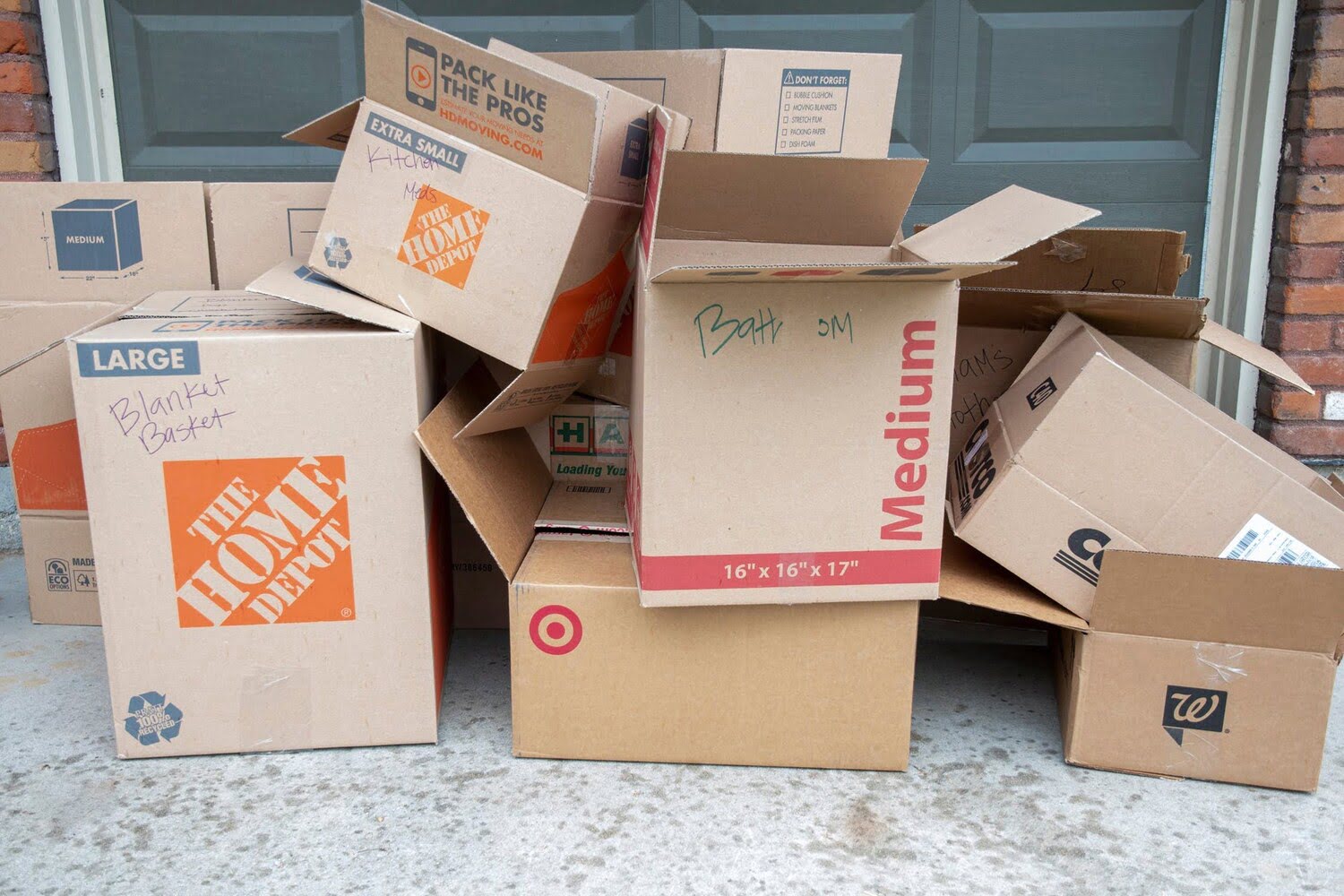

Articles
How To Store Cardboard Boxes
Modified: January 19, 2024
Learn the best techniques for storing cardboard boxes with our informative articles. Discover proper organization and preservation methods for keeping your boxes intact.
(Many of the links in this article redirect to a specific reviewed product. Your purchase of these products through affiliate links helps to generate commission for Storables.com, at no extra cost. Learn more)
Introduction
Cardboard boxes are a versatile and widely used packaging material for storing and transporting various items. They are lightweight, affordable, and easy to handle, making them a popular choice for both personal and business use. However, improper storage of cardboard boxes can lead to damage, deterioration, and even loss of the stored items.
In this article, we will provide you with a comprehensive guide on how to store cardboard boxes properly. By following these steps, you can ensure that your cardboard boxes and the belongings inside them remain safe and well-preserved.
From choosing the right storage location to organizing, labeling, and protecting the boxes, we will walk you through each essential aspect of proper cardboard box storage. Let’s dive in and discover the best practices for storing your cardboard boxes!
Key Takeaways:
- Properly storing cardboard boxes is crucial for preserving items. Choose a suitable location, prepare, organize, label, protect, store vertically, and maintain the boxes to ensure longevity and easy access.
- Implementing best practices for cardboard box storage ensures safe, accessible, and well-preserved items. From choosing the right location to regular maintenance, each step contributes to maintaining the quality and value of stored belongings.
Read more: How To Store Cardboard Boxes In Garage
Step 1: Choosing the Right Location for Storage
When it comes to storing cardboard boxes, selecting the correct location is crucial to ensure the longevity and condition of the items stored within. Here are some factors to consider when choosing the right storage location for your cardboard boxes:
- Avoid areas prone to moisture: Moisture can cause cardboard boxes to weaken and eventually lead to mold and mildew growth. It’s important to choose a storage location that is dry and well-ventilated. Avoid basements, attics, or areas with high humidity levels.
- Opt for a temperature-controlled environment: Extreme temperatures can also impact the integrity of cardboard boxes and the items inside. Fluctuations in temperature can cause warping, cracking, or even melting of certain items. Look for a storage area where the temperature remains relatively stable.
- Consider accessibility: It’s essential to choose a location that is easily accessible to retrieve and add items as needed. Also, think about the size and weight of the boxes – if they are heavy, consider a storage area that doesn’t require lifting the boxes to a higher level.
- Security: Prioritize the safety and security of your belongings. If possible, choose a storage location that offers adequate security measures such as locked gates, surveillance cameras, and 24/7 monitoring.
- Avoid direct sunlight: Prolonged exposure to sunlight can fade and degrade the quality of both the cardboard boxes and the items stored inside. If storing boxes near windows is unavoidable, consider covering them with curtains or blinds to minimize exposure to sunlight.
By considering these factors and selecting an appropriate storage location, you can significantly reduce the risk of damage to your cardboard boxes and the items they contain. This will ensure that your belongings remain in excellent condition for future use.
Step 2: Preparing the Cardboard Boxes for Storage
Before packing your belongings into the cardboard boxes, it’s essential to properly prepare the boxes to ensure the safety and integrity of the items inside. Here are some steps to follow when preparing your cardboard boxes for storage:
- Inspect the boxes: Check the cardboard boxes for any signs of damage such as tears, dents, or moisture. It’s best to avoid using boxes that are already compromised, as they may not provide adequate protection for your belongings.
- Reinforce weak areas: If you come across any weak spots or areas of concern on the cardboard boxes, reinforce them with packing tape. This will help prevent further damage and maintain the structural integrity of the boxes.
- Clean the boxes: Dust and dirt can accumulate on cardboard boxes over time. Before storage, use a clean cloth or brush to remove any debris from both the inside and outside of the boxes. This will help keep your belongings clean and prevent any unwanted pests from being attracted to the boxes.
- Consider using plastic bins: If you anticipate storing the boxes in an area prone to moisture, it may be beneficial to consider using plastic storage bins instead. Plastic bins offer better protection against moisture and can help keep your belongings safe from water damage.
- Wrap delicate items: For fragile or delicate items, it’s a good idea to wrap them in bubble wrap or packing paper before placing them in the cardboard boxes. This extra layer of protection will help prevent damage during transportation and storage.
- Don’t overload the boxes: It’s important not to overload the cardboard boxes, as this can lead to box failure and potential damage to your belongings. Pack the boxes in a way that allows them to close easily without exerting excessive pressure on the contents.
By following these preparation steps, you can ensure that your cardboard boxes are in good condition and ready to hold your belongings securely during storage. Properly preparing the boxes will help protect your items and make the storage process much smoother overall.
Step 3: Organizing and Arranging the Boxes
Once you have prepared your cardboard boxes, the next step is to organize and arrange them efficiently for optimal storage. Proper organization will not only make it easier to access items when needed but also prevent any potential damage to the stored belongings. Here are some tips for organizing and arranging your cardboard boxes:
- Categorize your items: Sort your belongings into categories based on their type, usage, or any other relevant criteria. This will help you group similar items together in the same boxes, making it easier to find and retrieve them later.
- Label the boxes: Use clear and descriptive labels on each box to indicate its contents. This will save you time and effort when looking for specific items, especially if you have many boxes in storage. Consider using color-coded labels or a numbering system to further organize your boxes.
- Create an inventory list: Alongside labeling the boxes, maintain an inventory list that details which items are stored in each box. This will provide you with a quick reference guide and make it easier to locate specific items without having to open every box.
- Consider weight distribution: When arranging the boxes, distribute the weight evenly to prevent any boxes from becoming too heavy or unstable. Place heavier boxes at the bottom and lighter ones on top to maintain stability and minimize the risk of boxes toppling over.
- Leave walkways: Allow for enough space between rows or stacks of boxes to create walkways. This will make it easier to navigate through the storage area and access specific boxes without having to move others around.
- Stack boxes properly: Stack the boxes in a stable and secure manner, aligning them squarely and avoiding any leaning or protruding boxes. You can use furniture pads or foam sheets between layers to provide cushioning and prevent pressure marks or damage.
By following these organizing and arranging tips, you can efficiently utilize the storage space while maintaining accessibility to your belongings. A well-organized storage area will save you time and frustration in the long run and ensure that your items remain safe and undamaged.
Step 4: Labeling the Boxes
Labeling the cardboard boxes is an essential step in the storage process as it enables easy identification and retrieval of items when needed. Proper labeling not only saves time but also prevents the need to rummage through multiple boxes to find a specific item. Here are some tips for effectively labeling your boxes:
- Use clear and descriptive labels: Write a clear and concise description of the contents on each box. Avoid vague labels such as “Miscellaneous” or “Stuff” as they don’t provide helpful information. Be specific and detailed so that you can quickly identify the box you need.
- Include the room or category: To further enhance organization, include the room or category the items belong to on the label. For example, “Kitchen Utensils” or “Living Room Decor.” This will make it easier to locate specific items based on where they should be placed in your home or storage area.
- Consider using color coding: If you have a large number of boxes or different categories of items, consider using a color-coding system. Assign specific colors to different rooms or categories and use colored labels or stickers to indicate which box belongs to which group. This allows for quick visual identification and streamlines the retrieval process.
- Make the labels visible: Attach the labels to the front or top of each box where they are easily visible. Avoid placing labels on the sides or bottom of the boxes as they may be obstructed or hidden when stacked. Use large, bold fonts to improve legibility.
- Update the labels as needed: If you add or remove items from a box, make sure to update the label accordingly. This will ensure that the label accurately reflects the contents of the box, preventing any confusion or misplaced items.
By labeling your cardboard boxes effectively, you create an organized and easily navigable storage system. This not only saves time and effort but also helps protect your items, as you won’t need to handle and move multiple boxes unnecessarily. Invest the time to label your boxes properly, and you’ll thank yourself later when you can effortlessly locate the items you need.
When storing cardboard boxes, make sure to flatten them to save space. Store them in a dry, cool area to prevent mold and mildew. Keep them off the ground to avoid moisture damage.
Read more: How To Store Cardboard Boxes For Recycling
Step 5: Protecting the Cardboard Boxes from Damage
When storing cardboard boxes, it’s important to take measures to protect them from potential damage. This will help ensure the longevity of both the boxes themselves and the items stored inside. Here are some tips to help protect your cardboard boxes:
- Use proper packing materials: Use packaging materials such as packing paper, bubble wrap, or foam inserts to provide cushioning and protection for fragile or delicate items. Place these materials around the items before placing them inside the boxes to prevent shifting and potential damage during transportation or storage.
- Avoid overpacking: Be careful not to overfill the boxes, as this may cause them to bulge or weaken. Overpacked boxes are more prone to damage and may increase the risk of items being crushed or broken. Leave some room for appropriate cushioning inside the box.
- Secure the box flaps: Close the cardboard box flaps securely to prevent dust, dirt, or insects from getting inside. Use strong packing tape to seal the flaps. Reinforce the bottom of the box with additional tape to provide extra support.
- Elevate boxes off the ground: Avoid placing the cardboard boxes directly on the floor, as this can expose them to moisture or potential damage. Use pallets, wooden boards, or shelving units to elevate the boxes off the ground and provide additional protection.
- Store boxes in a climate-controlled environment: Extreme temperatures and humidity can damage cardboard boxes and the items inside. Whenever possible, choose a storage space with climate control to maintain suitable temperature and humidity levels. This will help prevent warping, mold growth, or deterioration.
- Keep pests away: Pests like rodents or insects can pose a threat to stored boxes and their contents. Use pest control methods such as traps, repellents, or insecticides to minimize the risk of infestation.
- Regularly inspect the storage area: Periodically check the storage area for any signs of moisture, pests, or other potential issues. Catching and addressing problems early on can help prevent damage to the cardboard boxes and the items stored inside.
By taking these protective measures, you can ensure that your cardboard boxes remain in good condition and that the items inside are well-preserved. Protecting the boxes from damage will help prolong their usability and maintain the integrity of your stored belongings.
Step 6: Storing the Cardboard Boxes Vertically
When it comes to storing cardboard boxes, one of the best practices is to store them vertically rather than horizontally. Storing boxes vertically offers several benefits, including optimized space utilization, reduced risk of box damage, and easier access to specific items. Here’s why you should consider storing your cardboard boxes upright:
- Maximize space efficiency: Storing boxes vertically allows you to utilize the vertical space in your storage area effectively. By stacking boxes on top of each other vertically, you can take advantage of the full height of the space and store more boxes while using minimal floor space.
- Prevent box collapse: When boxes are stacked horizontally, the weight from the upper boxes can cause the lower ones to collapse or become distorted. Storing boxes vertically distributes the weight evenly, reducing the risk of box failure and potential damage to the items inside.
- Facilitate item retrieval: Storing boxes vertically makes it easier to access specific items without having to move or disturb other boxes. You can simply slide out the desired box and retrieve the item you need, minimizing the time and effort required to locate specific items.
- Enhance box stability: When boxes are stored upright, they are inherently more stable and less likely to shift or topple over. This reduces the risk of boxes falling and potentially causing damage to nearby boxes or to the items stored inside.
- Prevent dust accumulation: Storing boxes vertically helps prevent dust from settling on the top of the boxes, which can accumulate over time. This reduces the cleaning effort required and keeps your stored items cleaner and dust-free.
To store your cardboard boxes vertically, ensure that they are properly sealed and secured with sturdy tape. Place the boxes in a straight and upright position, either on shelves, pallets, or securely stacked on top of each other. Leave space between the boxes and the walls to promote airflow and prevent moisture buildup.
By storing your cardboard boxes vertically, you can optimize your storage space, protect your boxes from damage, and easily access specific items when needed. This method is a practical and efficient way to store your belongings while maintaining the overall organization and functionality of your storage area.
Step 7: Regularly Inspecting and Maintaining the Stored Cardboard Boxes
Even when you have taken all the necessary precautions, it is essential to regularly inspect and maintain your stored cardboard boxes to ensure their longevity and the safety of the stored items. Here are some tips for inspecting and maintaining your stored cardboard boxes:
- Inspect for signs of damage: Regularly check the cardboard boxes for any signs of damage such as tears, watermarks, or weak spots. If you notice any issues, it’s important to address them promptly to prevent further damage.
- Reinforce weak areas: If you find any weak spots or areas that are vulnerable to damage, reinforce them with additional packing tape. This will strengthen the box and prevent it from collapsing or breaking during storage.
- Check for pests: Keep an eye out for any signs of pests such as rodents, insects, or mold. If you spot any infestation or mold growth, take immediate measures to eliminate the pests and prevent further damage to the boxes and their contents.
- Reorganize if needed: Over time, the contents of your boxes may change, and you may need to reorganize them. Take the opportunity to rearrange and re-label the boxes as necessary to maintain an efficient storage system.
- Monitor the storage environment: Regularly monitor the temperature and humidity levels in your storage area. Extreme temperature fluctuations or high humidity can be detrimental to both the cardboard boxes and the items stored inside. Adjust the storage conditions if necessary to maintain an optimal environment.
- Rotate the boxes: If you have long-term storage or items that are not frequently accessed, consider rotating the boxes periodically. This helps to prevent any items from being left untouched for extended periods, reducing the risk of damage or deterioration.
- Keep records: Maintain an updated inventory list of the items stored in each box. This will make it easier to track and manage your belongings, facilitating quicker retrieval of specific items when needed.
By regularly inspecting and maintaining your stored cardboard boxes, you can identify and address any issues early on, ensuring the continued protection of your belongings. This proactive approach helps preserve the quality of both the boxes and the items they contain, extending their lifespan and maintaining their value.
Conclusion
Properly storing cardboard boxes is essential for preserving the condition of both the boxes themselves and the items they contain. By following the steps outlined in this guide, you can ensure that your cardboard boxes are stored efficiently and securely, minimizing the risk of damage and making it easier to access your belongings when needed.
Choosing the right location for storage, preparing the boxes, organizing and labeling them, protecting them from damage, storing them vertically, and regularly inspecting and maintaining them are all key components of effective cardboard box storage. By incorporating these practices into your storage routine, you can ensure the longevity of your cardboard boxes and the belongings they hold.
Remember to select a suitable storage location that is dry, well-ventilated, and secure. Prepare the boxes by inspecting and reinforcing weak areas, and clean them to avoid dirt and pests. Organize and label the boxes in a way that allows for easy identification and retrieval. Protect the boxes from damage by using proper packing materials and storing them in a climate-controlled environment. Store the boxes vertically to maximize space and prevent collapse. Regularly inspect and maintain the stored boxes to address any issues promptly and keep your belongings in excellent condition.
By implementing these steps and following best practices for cardboard box storage, you can ensure that your stored items remain safe, protected, and easily accessible. Whether you are storing personal belongings or managing inventory for a business, proper cardboard box storage can make a significant difference in preserving the quality and value of your items.
So, take the time to store your cardboard boxes correctly, and you’ll enjoy the peace of mind knowing that your belongings are well-preserved and organized for future use.
Frequently Asked Questions about How To Store Cardboard Boxes
Was this page helpful?
At Storables.com, we guarantee accurate and reliable information. Our content, validated by Expert Board Contributors, is crafted following stringent Editorial Policies. We're committed to providing you with well-researched, expert-backed insights for all your informational needs.
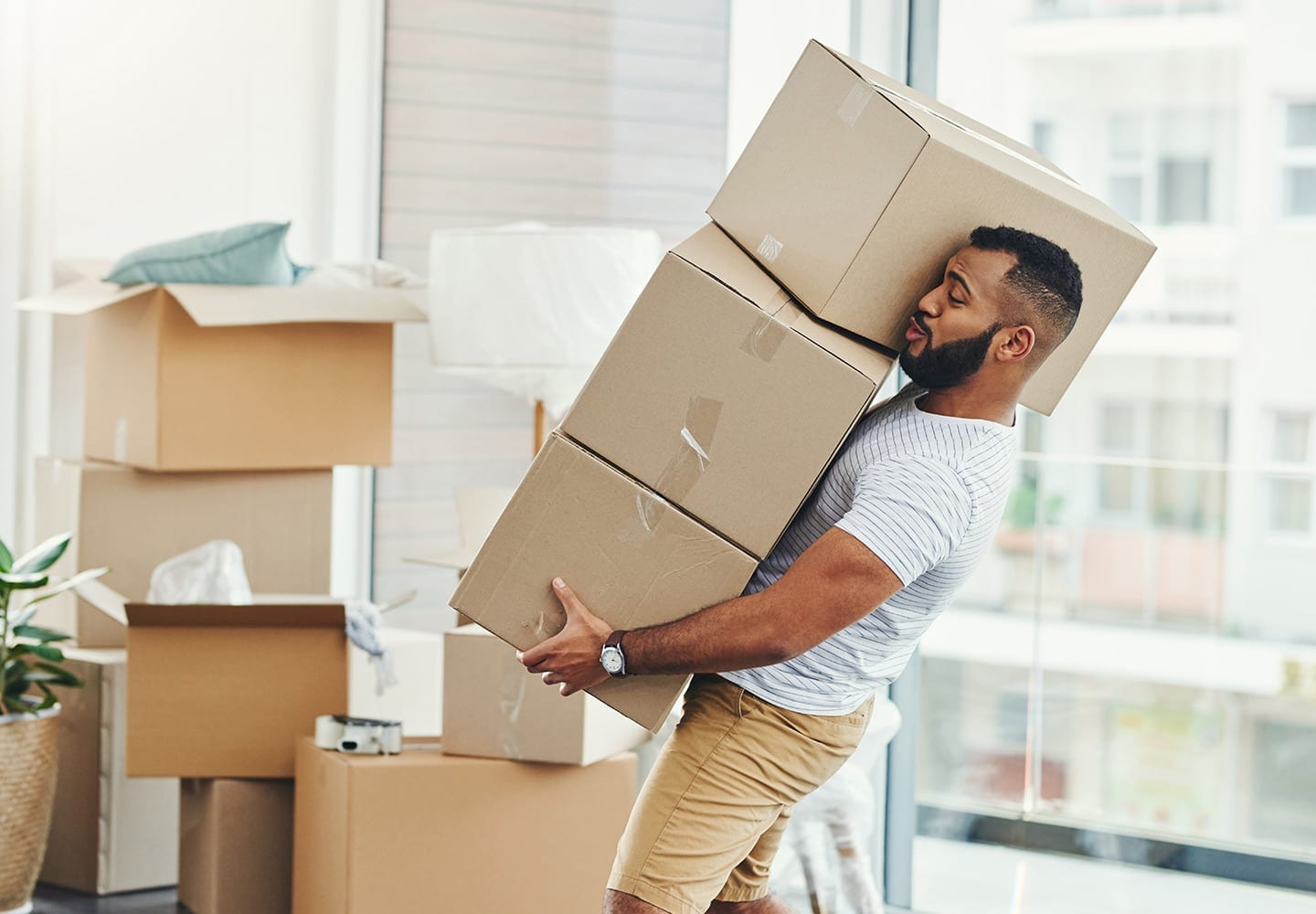
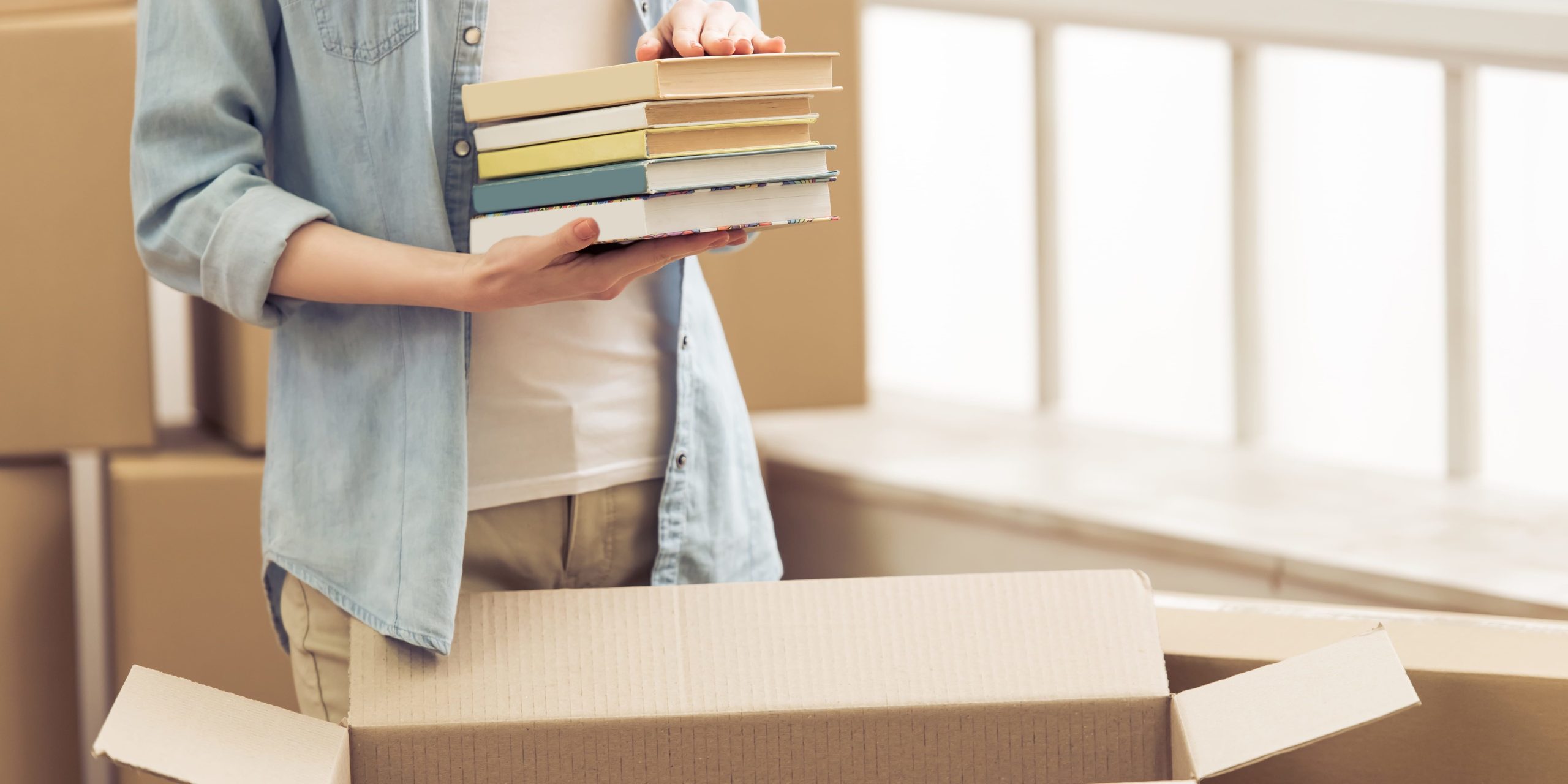
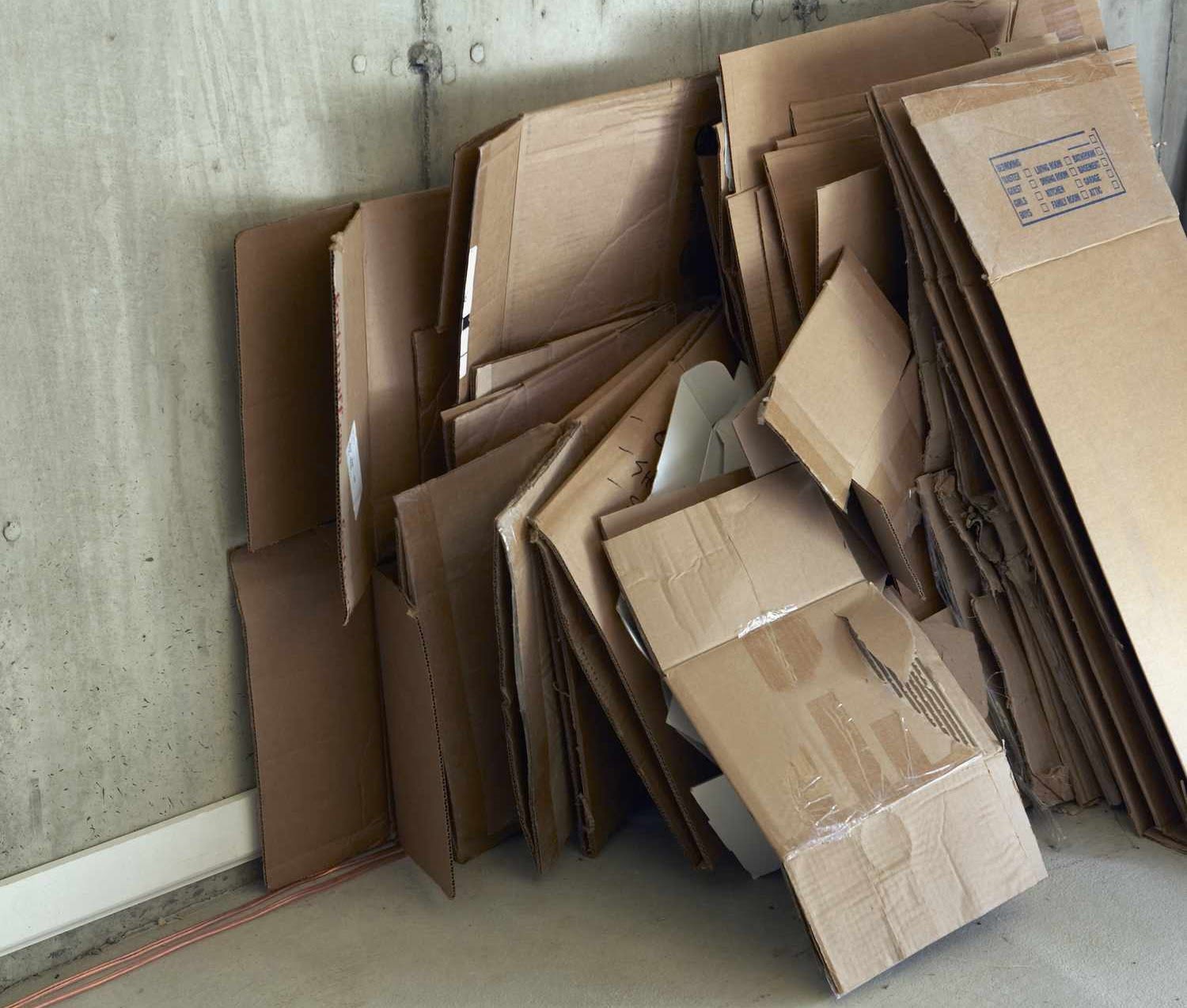
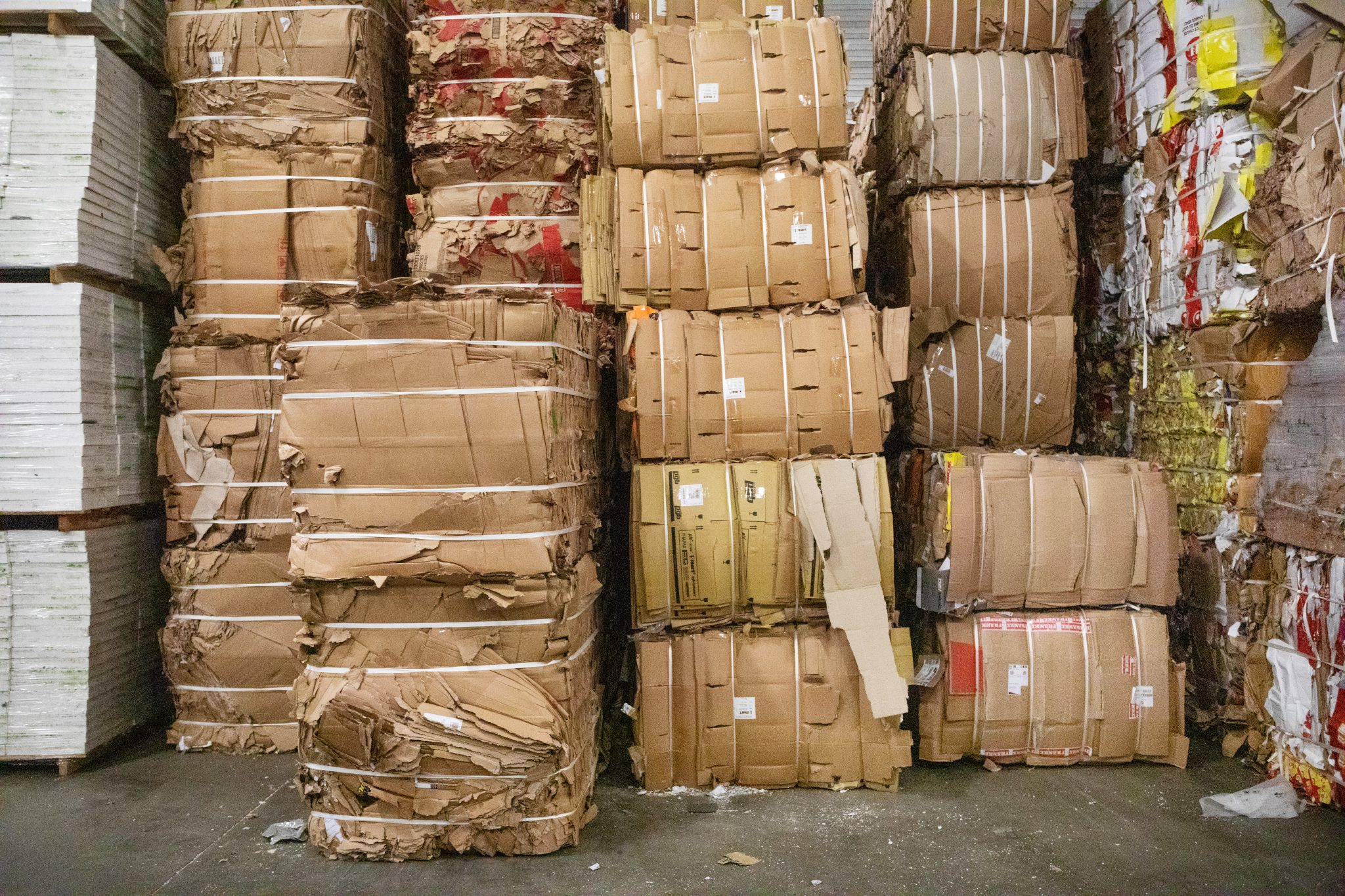
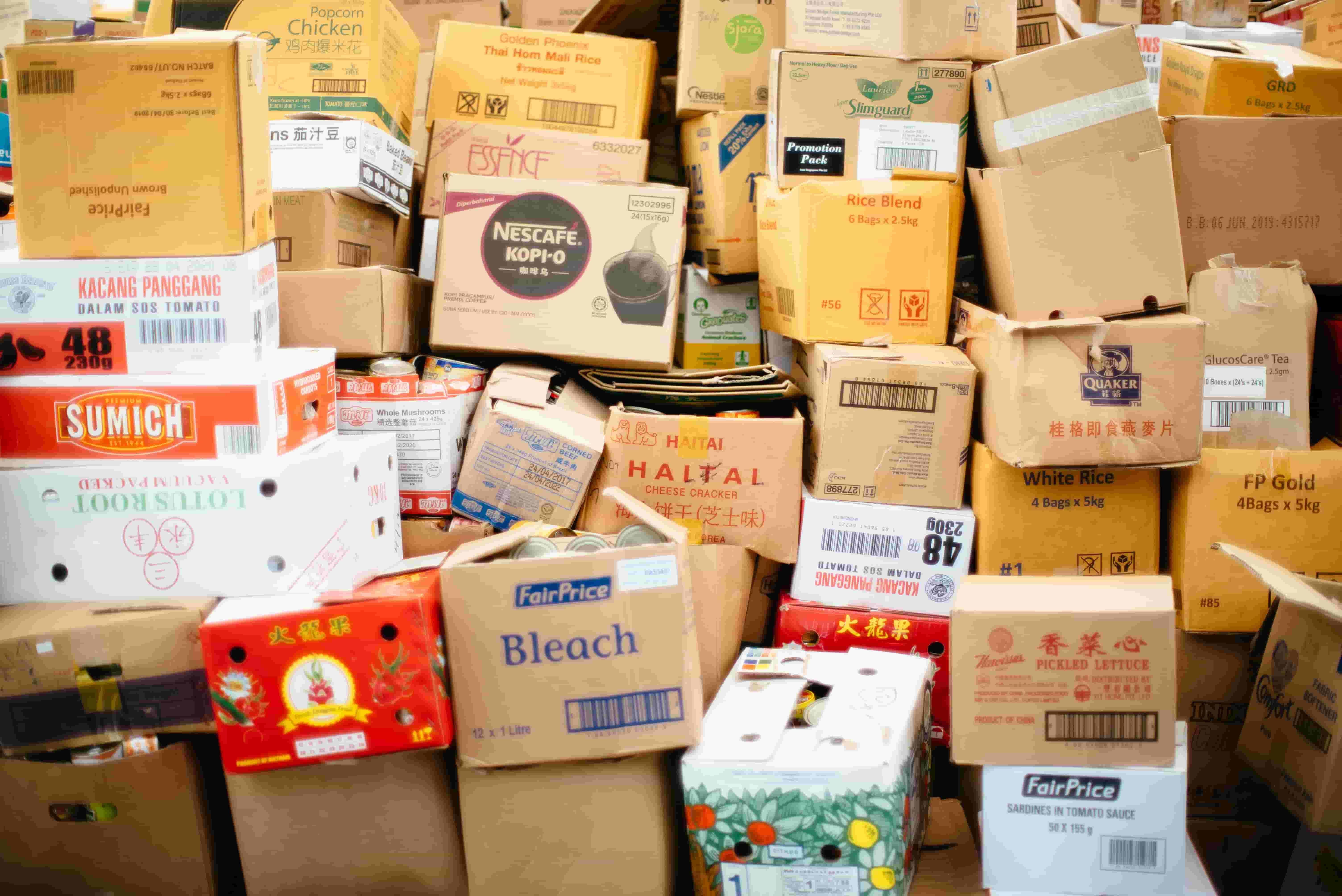
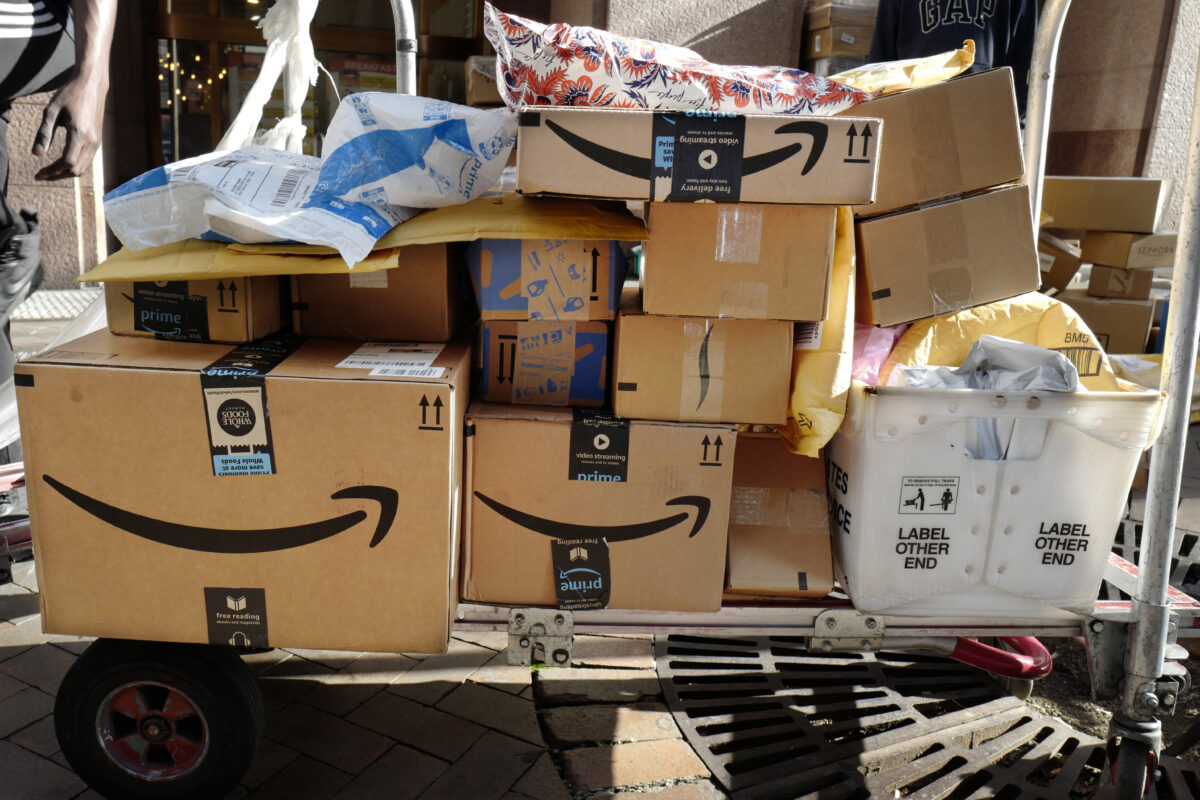
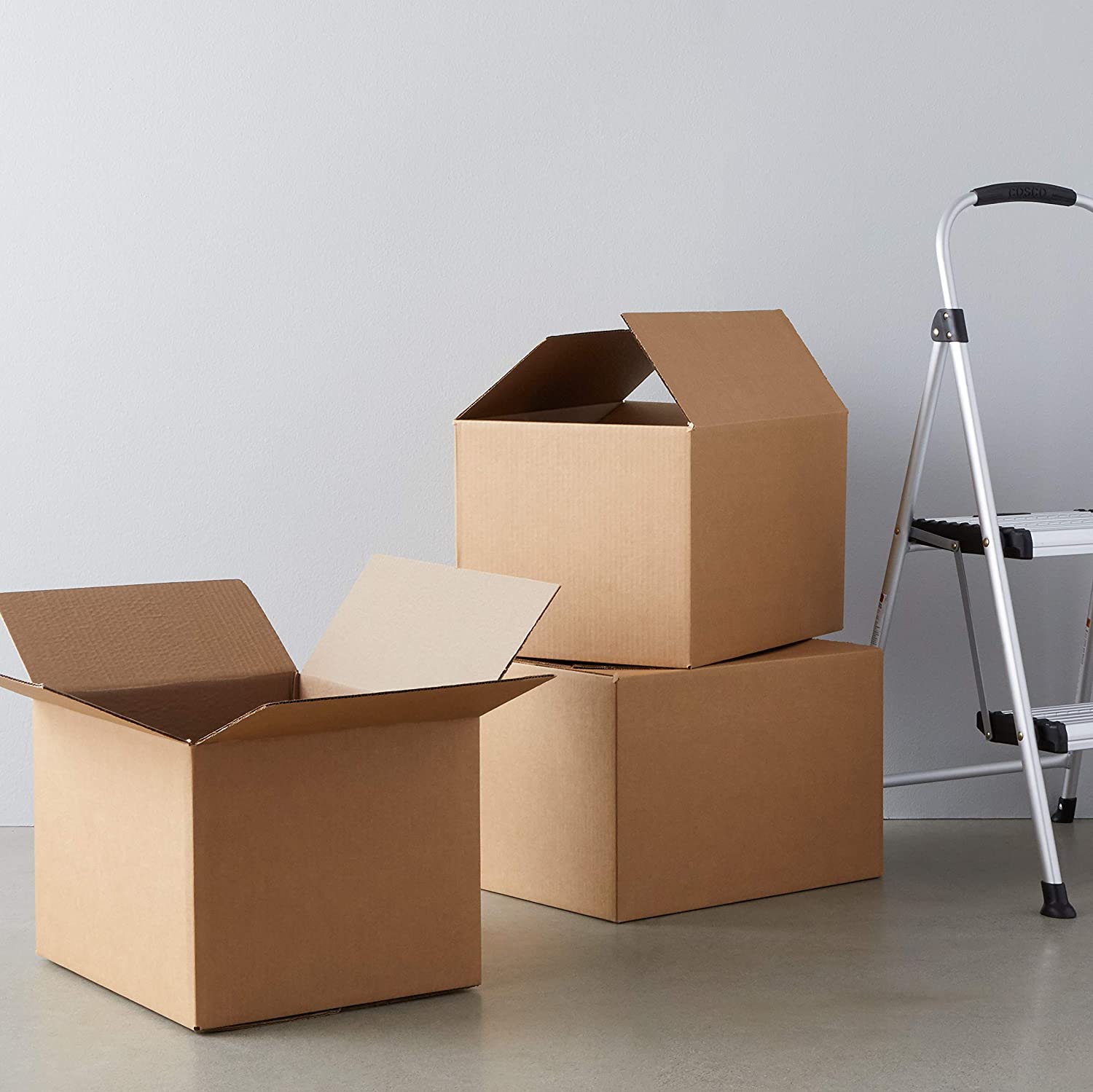
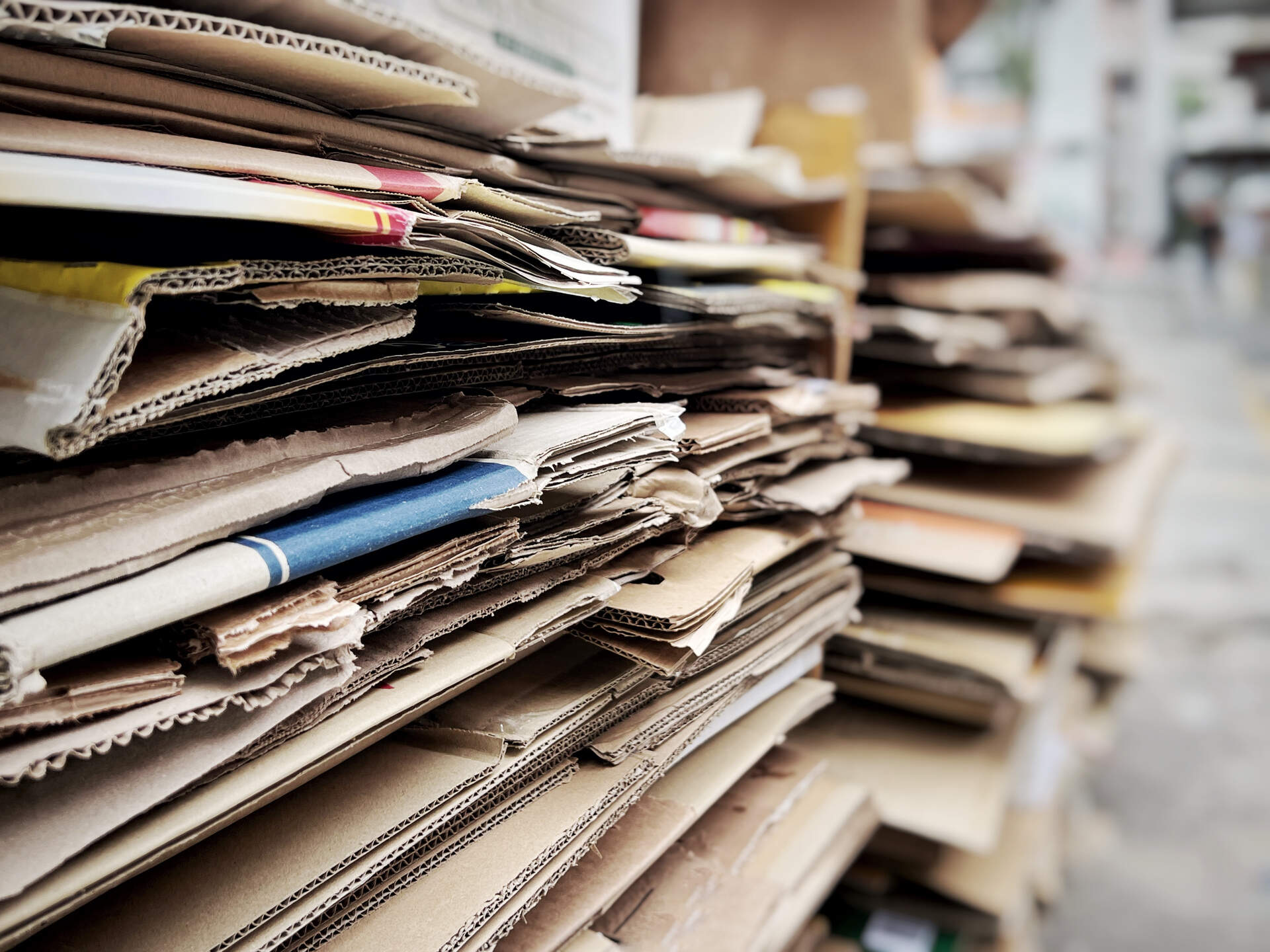
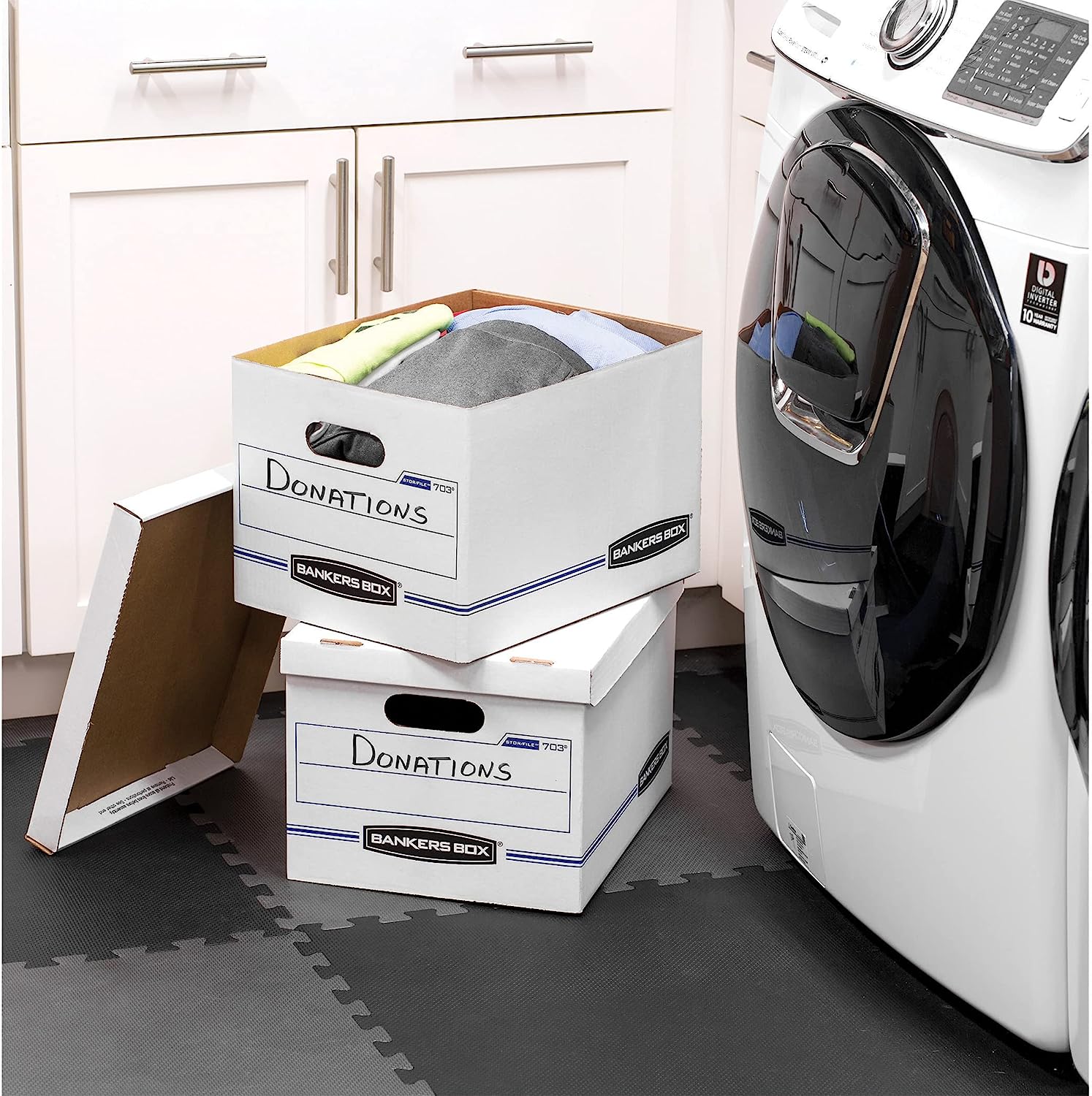
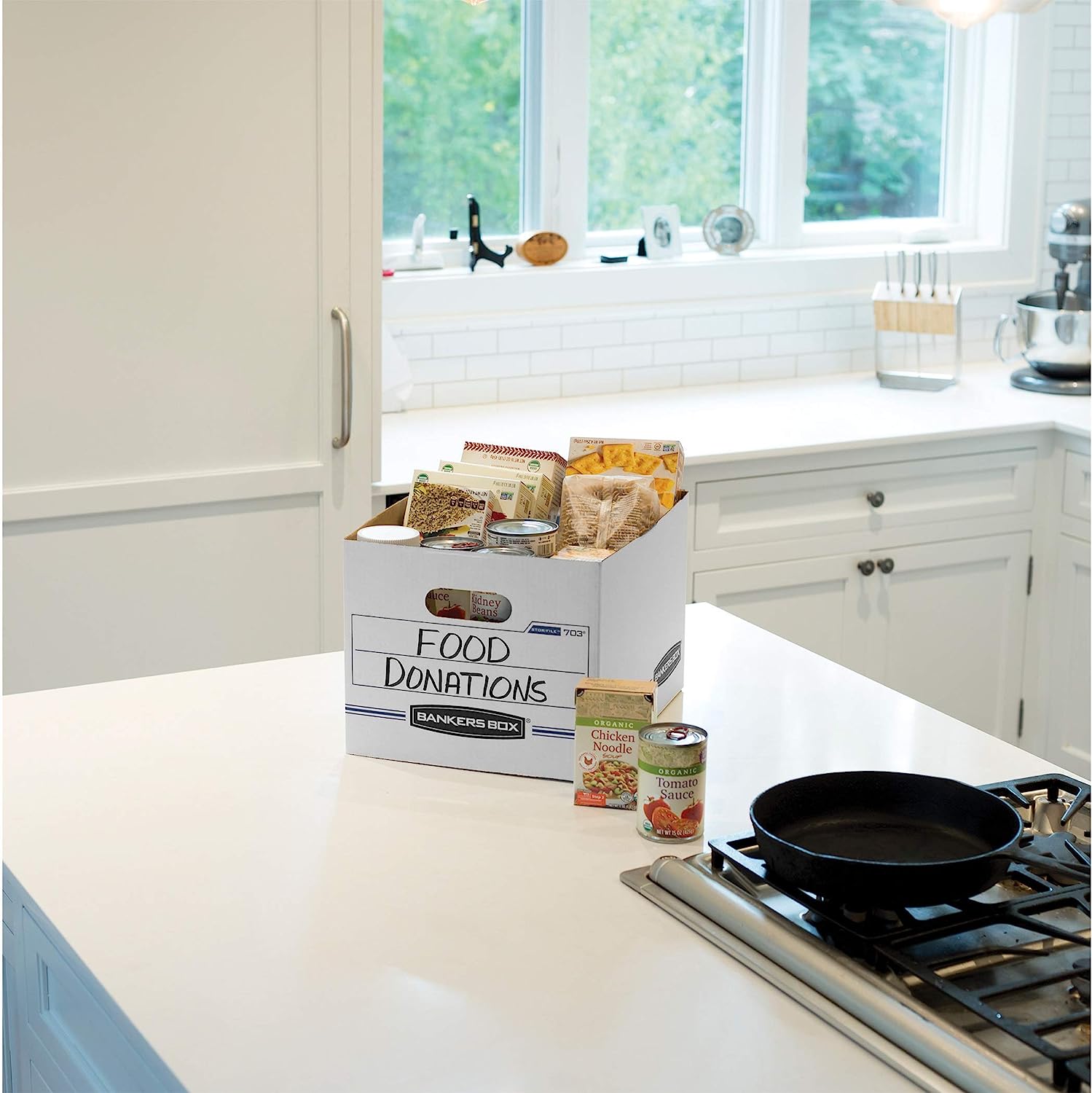
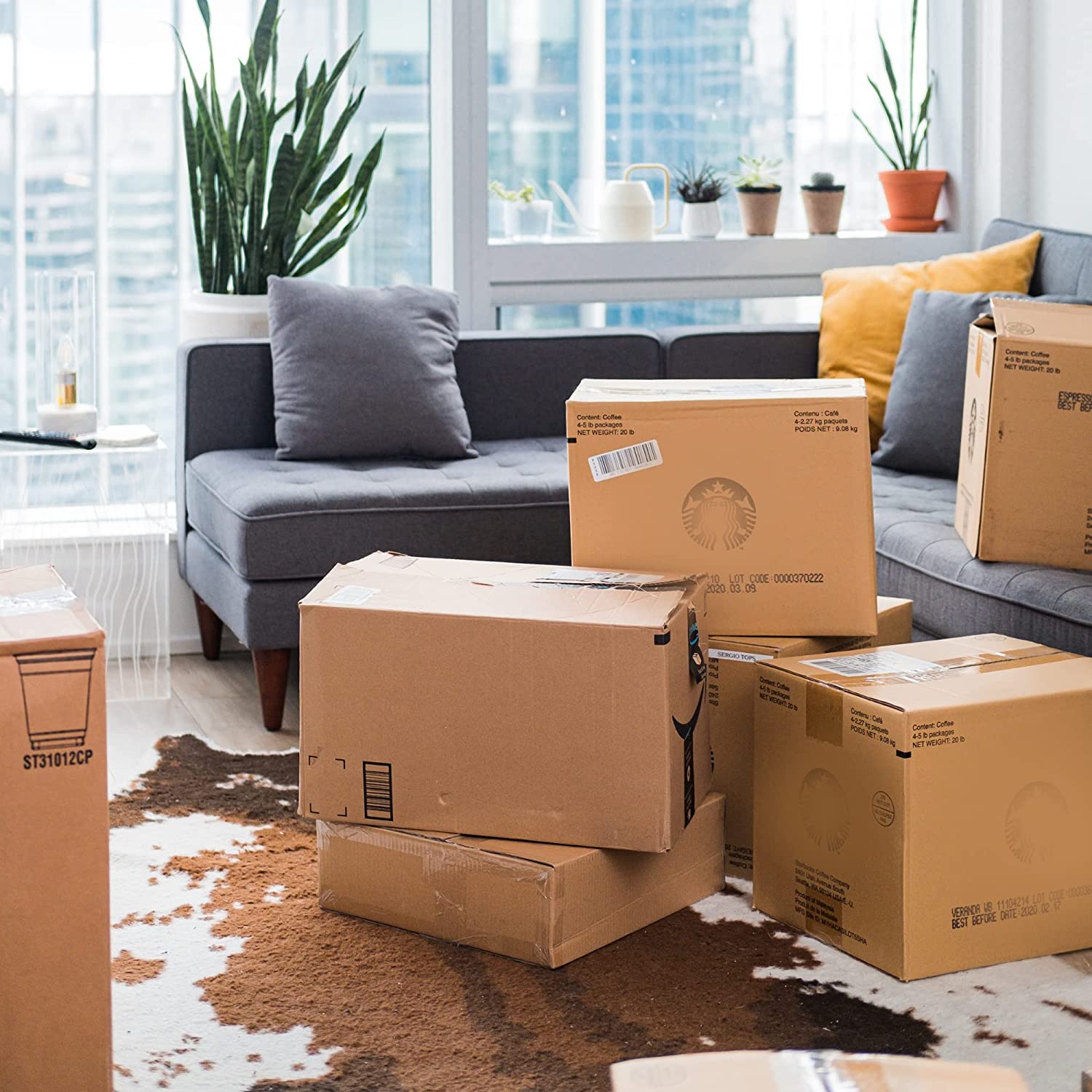
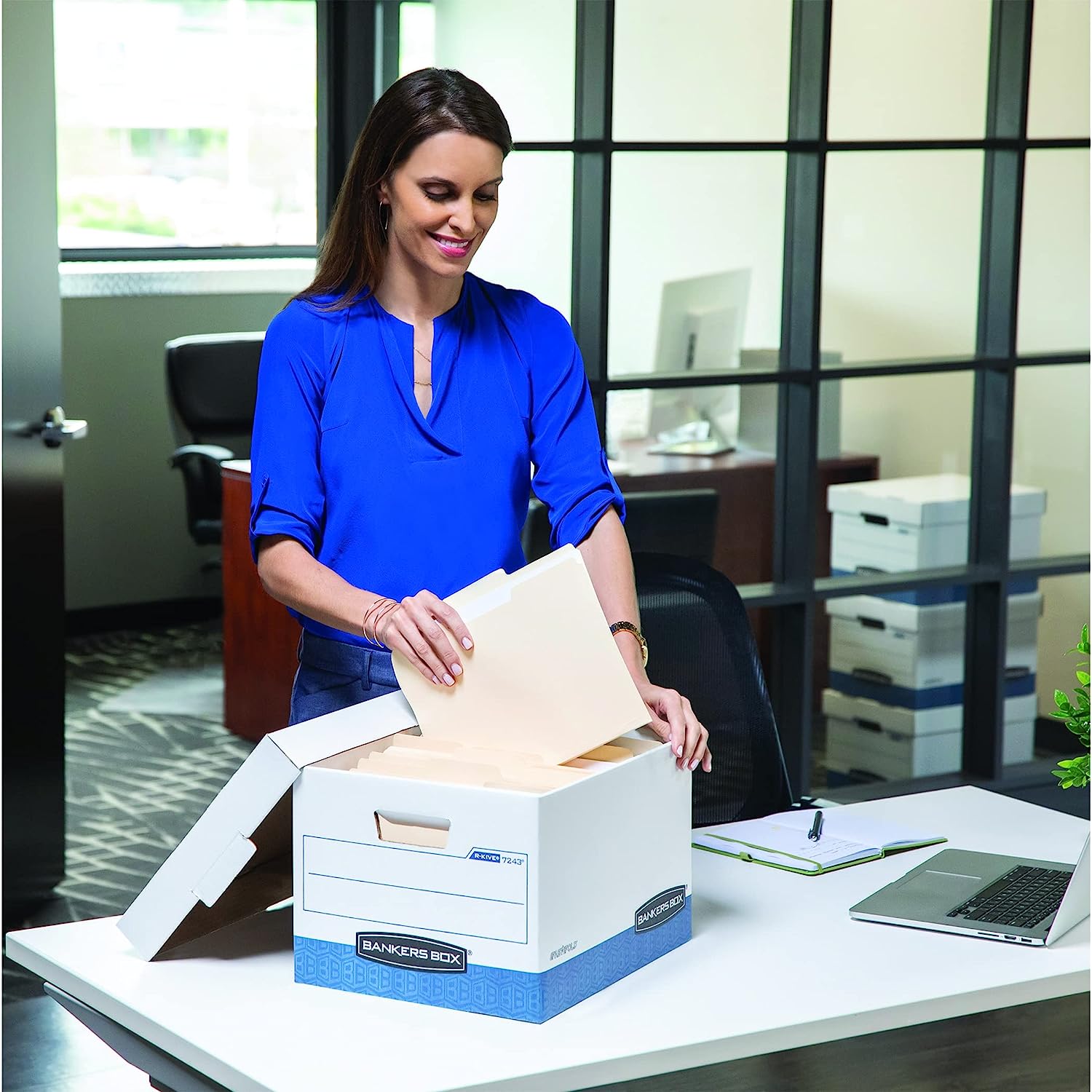
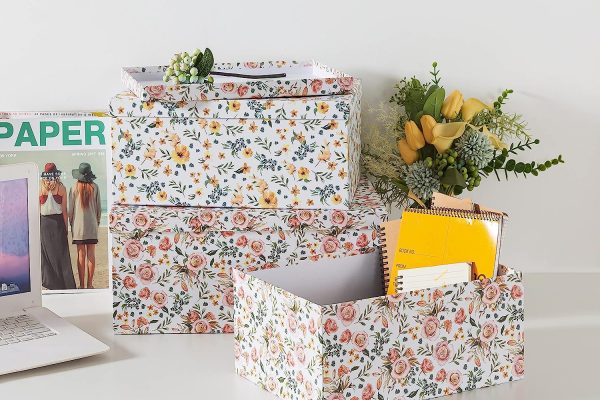


0 thoughts on “How To Store Cardboard Boxes”